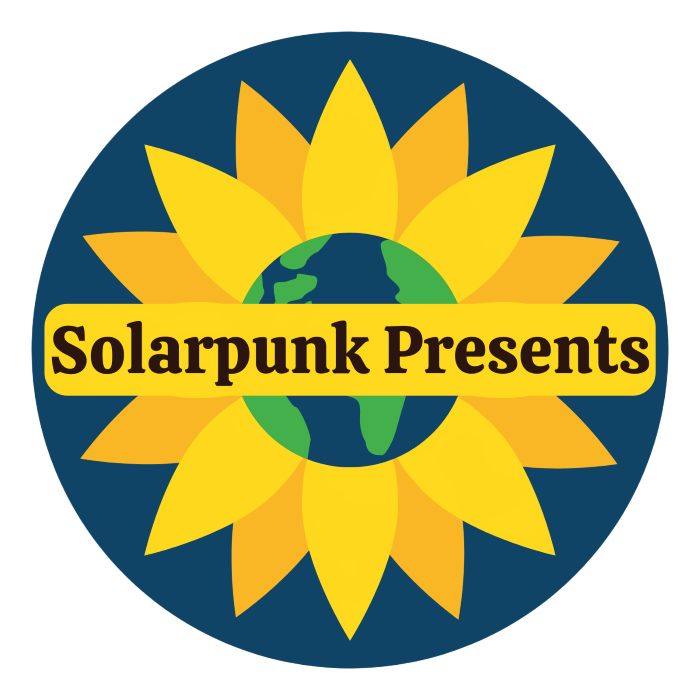Protecting the Environment With GIS: Mapping WWII's Sunken Ships with Paul Heersink
This week, Ariel chats with Paul Heersink, cartographer and Program Manager for the Roads and Addresses program at ESRI Canada. Formerly, he was Production Manager of the Community Maps Program: an initiative that is aiming to build a seamless topographic basemap of Canada using contributor data, and the Roads and Addresses program aims to do the same with community-sourced data, building a navigable map of Canada with the most up-to-date information provided by those who know it best.
Paul also personally maintains and updates a map of the sunken battleships (and other naval vessels) that were downed during World War Two. Paul’s map combines two of his interests - cartography and WWII history and, though it started as a passion project outside of work, Paul has been approached by numerous organizations since publishing his data that are very interested in using it to support salvaging and reclamation efforts. The ships have been called “ticking ecological time bombs” as they are carrying crude oil, munitions, and other toxic materials that can leach into the water around them as the hulls degrade. That said, some also contain traditional treasure! Join us for a discussion about the details.
Links:
Paul’s official ESRI bio page.
Resurfacing the Past article on Paul’s work from ESRI
Sunken Ships of the Second World War (interactive map)
YouTube video of the animated map
Uboat.net - The site that kicked off Paul’s curiosity
